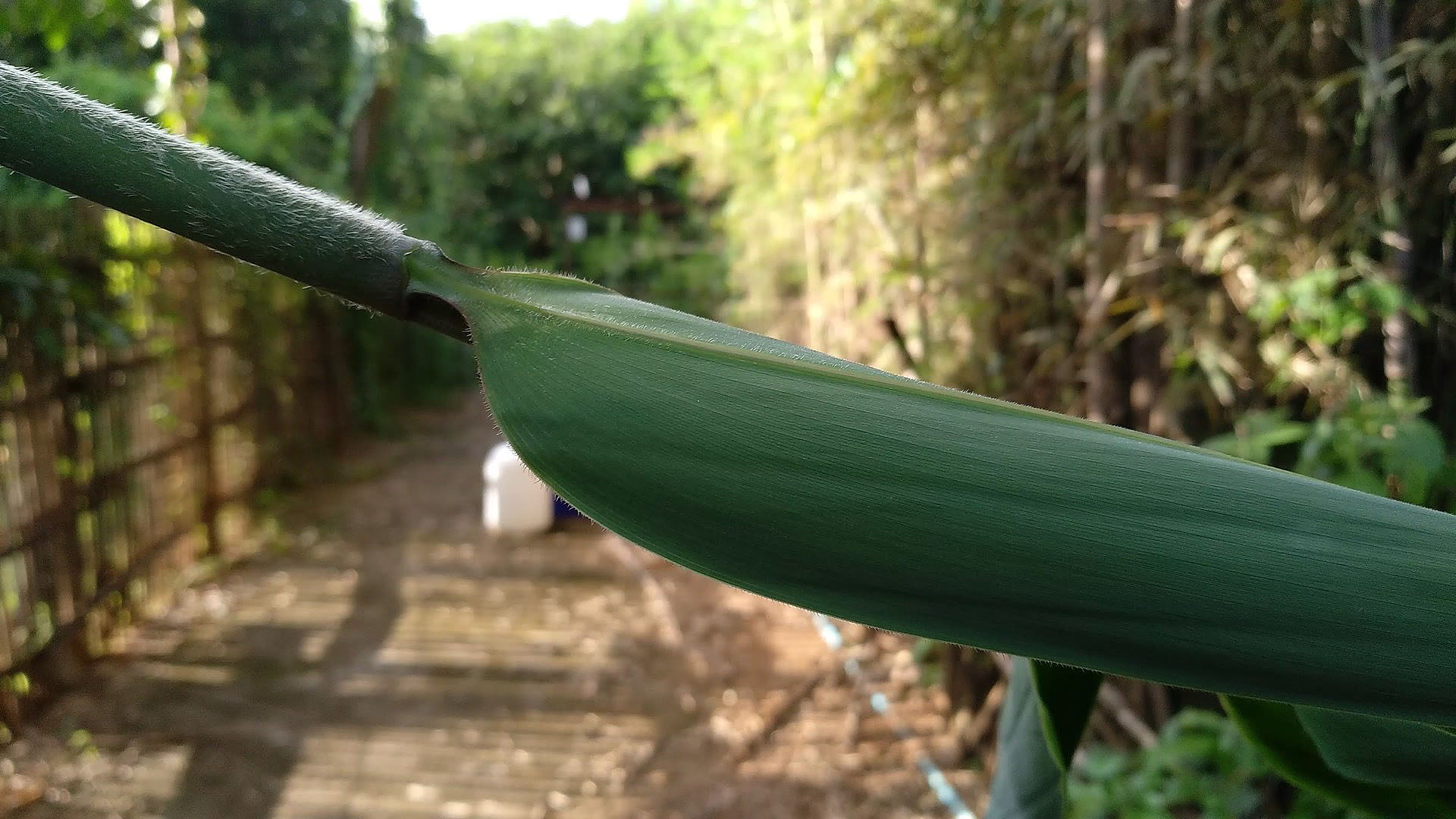One of the relatively new innovations in mobile phones is 4K video. Combined with manual settings such as focus lock and exposure lock we can have powerful video tools in $200 ballpark mobiles.
It’s worth mentioning that standalone cameras are still lagging behind where 4K is concerned, with some cameras costing as much as $1300 still not including 4K video.
Even if you don’t have a 4K monitor or TV, there are still some interesting things that can be done.
Electronic Image Stabilization (EIS) — Thanks to the extra resolution from 4K, we can digitally crop and adjust video to account for camera shake while maintaining great quality, especially when downsampling 4K to 1080P. Some phones have the EIS option in-phone, but if your phone doesn’t have it, it can be done with 3rd party video editing software, or with YouTube’s auto EIS fix.
Higher quality 1080P video — This is particularly helpful with EIS, but even if not using EIS, when we downsample 4K to 1080P we will have significantly higher quality 1080P video than if we shot at 1080P.
Frame grabs — Either through video software or a screenshot, we can snag 8MP still shots from 4K video. Consider a moment where someone jumps in the air and you want to catch them at the highest point, or someone blows out candles on a birthday cake. This can also be done with burst photography, but the 4K video gives us the best of both worlds, a video of the moment and the possibility of still frame grabs from video.

Here are several 4K videoes from the Sony IMX386 sensor. This first is shot with Xiaomi’s default camera in Center Focus mode. You will see it occasionally hunting for focus, which can be quite distracting. There has been no EIS applied to this video.
Here is a similar Sony IMX386 4K video from Xiaomi Mi Max 2 with Tap To Focus. This mode gives us much more control and gets rid of the distracting auto-focusing. At the end of this clip, you will see me tapping to macro focus.
This is a short video demonstrating Tap To Focus with the Xiaomi default camera app.
Open Camera is one of my favorite apps. This allows us to not only lock focus, it also allows to lock and unlock exposure while filming. At about 6 seconds in I lock exposure to maintain the blue skies. I then go to get some closeup video of a small flower, but it’s too dark so I unlock exposure so the camera can appropriately expose the flower.
Here we have a short video demonstrating YouTube’s auto-shake fix. This was shot using exposure lock and tap to focus with Open Camera.
While these are shot at default bit rate, Open Camera also gives us the option to choose bit rates up to 100Mb/s which can greatly improve video quality.

Leave a Reply